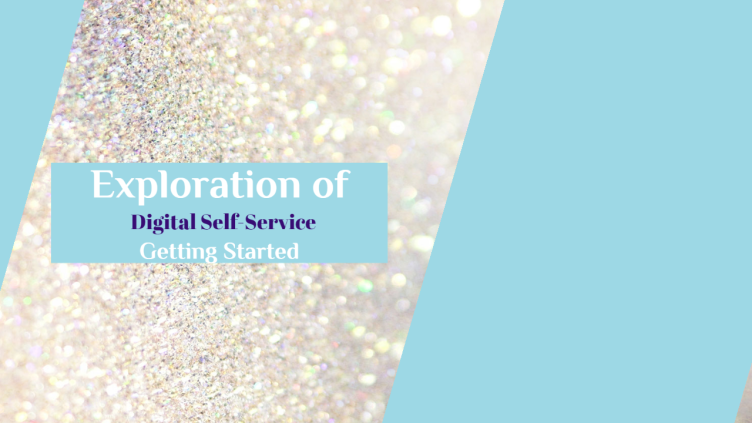
Getting Started With Digital Self-Service
Getting Started With Digital Self-Service
Here is your guide on how to get started implementing digital self-service solutions in your organization.
Now that we have a strong understanding of why self-service options are critical for an organization, I also want to look at features and functionality that you should be considering as you look at either creating a new self-service option or if you are creating something from scratch.
Content must be accessible for all regardless of disabilities
Accessibility is critical aspect of online content that is often overlooked. If online content including digital forms are not accessible it opens organizations to legal ramifications. Over 11,000 cases were opened against organizations in 2019, which after fees and fines were still required to bring their content up to code.
Accessible regardless of the device accessing the content
53% of customers are using their smartphones as their primary computing device and 40% of all customers move between devices to complete an online activity. This means that online services need to be flexible to handle which ever device customers want to use.
Reduce the required data entry for users
Data capture is critical to most online services, but no one wants to spend time entering in data. The compromise here is to prefill what ever information and to only have users fill in data once even if the information appears in multiple different locations.
Create interactive and responsive engagements based on customer responses
Being able to adjust dynamically based on entered responses allows for a more fluid and personal experience for customers when completing online tasks. Only content that is relevant should be shown at any given time to reduce the complexity enabling more work to be done without the help of phone or email support.
Create single source of reusable content
Consistent messaging needs to exist through all channels that a customer can engage with. Modular design structures for content allow for a single source of truth to ensure the most current approved content is being delivered to the consumer every time.
Fast turn around time for changes or corrections
Heavy IT solutions can slow down the process of modifying or creating new content. Studies have shown that it takes 12 days to get a single piece of content to market. With average of customers spending over 8 hours engaging with online digital content it is critical to ensure that organizations can turn around content quickly to stay relevant.
Start and Resume later
We are all very busy and allowing customer the ability to start an online task now when they have time is a great way to encourage people to start taking actions. Automatic reminders and notifications should also be considered to negate abandonment rates.
Automated Approval and Publishing Process
When creating new content there is a specific process that is unique to each business for how content should be created, reviewed, approved, made accessible to the public and maintained. Automating this process route and notify the correct people at the correct time allows for a more streamlined approach to creating and maintaining content allowing for more accuracy and faster turn around times.
Automated Submission Process
All forms of data capture have some process that needs to be completed after the data has been entered. This process is unique to the initial data capture but should be automated as much as possible, whether this is taking data and storing into a specific location, creating a required document, routing to a human person for next steps. Leveraging automated process to handle what happens next once data has been entered is a critical piece to being able to create useful digital services.
Automation of recurring tasks
Recurring tasks are inevitable, things like creating reports or sending notifications happen within every organization. Having a manual process to generate and or complete recurring tasks is time consuming and costly for organizations. Wherever you automate recurring process savings will follow.
Content Localization
Personalization for each individual customer is critical to ensuring the best experiences for users. Leveraging digital services allows the unique customer journeys to be further customized through images, videos, and language features specific to their locations. It may be subtle to a consumer but will leave a meaningful impact on the individual experiences.

Angèle Taylor, Strategic Solutions Architect & Adobe AEM Champion.
Contact me on LinkedIn
